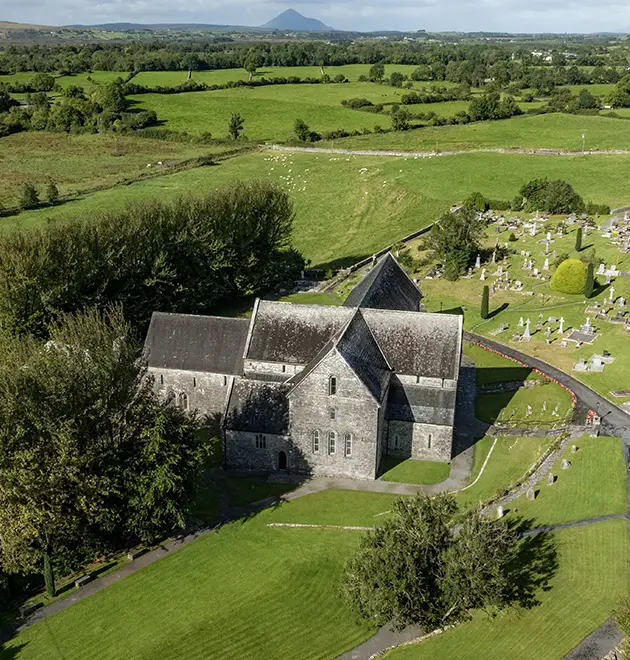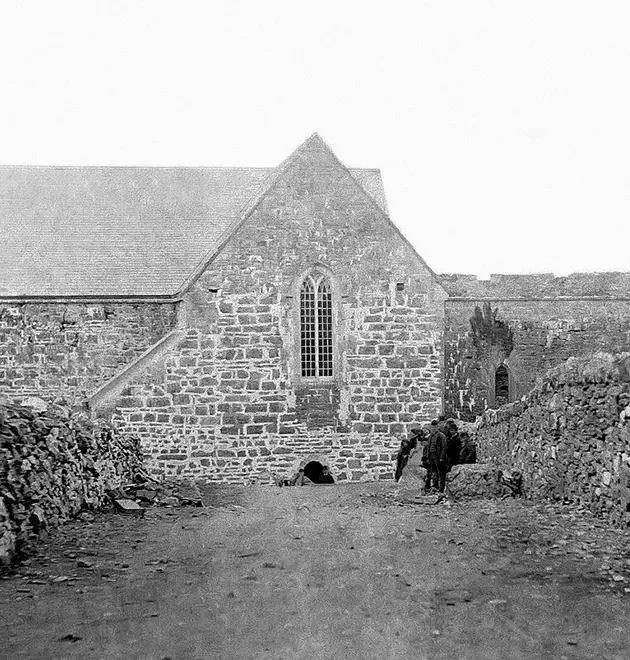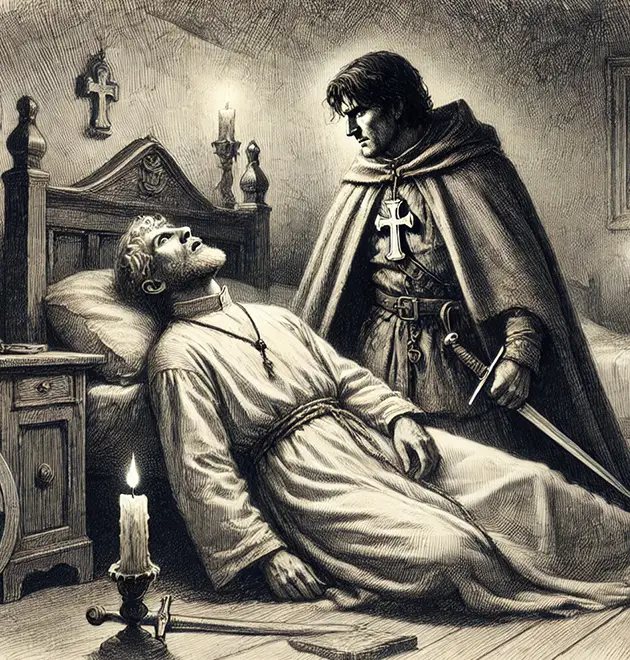The Abbey
Foundation of Ballintubber Abbey
Ballintubber Abbey was founded by King Cathal Crovdearg O’Conor – Cathal Mór of the wine-red hand. He belonged to the royal lineage of the O’Connors, reigning as King of Connacht and known as a notable patron of the arts. The Cross of Cong, one of our national treasures, was commissioned for his father, Turlach O’Connor.
Although historical records often cite 1216 as the year of its foundation, the circumstances surrounding its establishment are steeped in legend. Cathal, the natural son of King Turloch, found himself fleeing the retribution of Turloch’s queen before assuming his father’s throne.
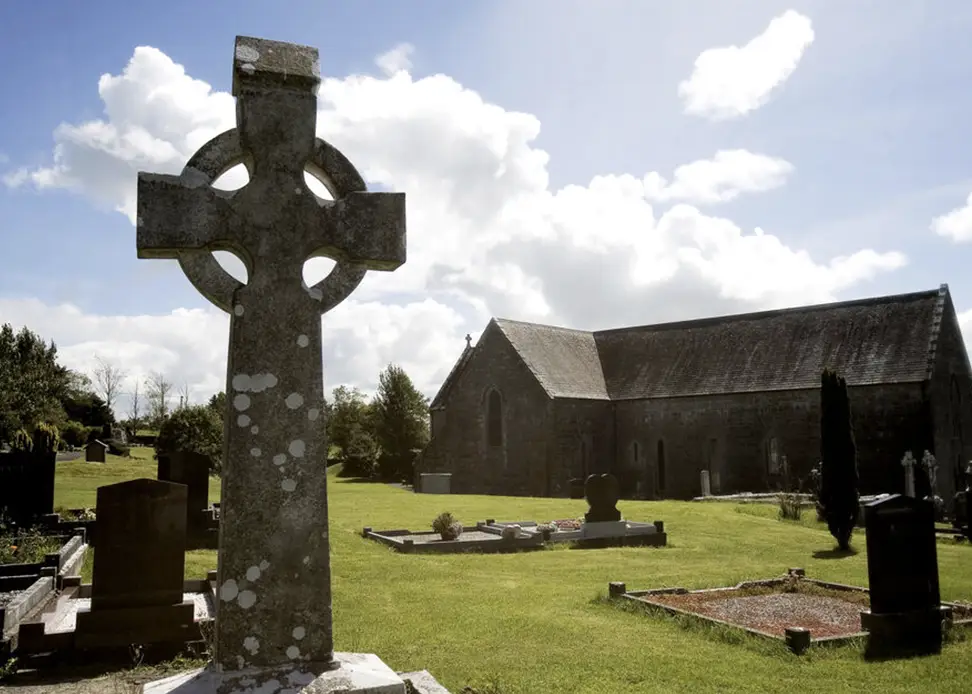
A King's Gratitude
Local folklore recounts that during this period, Cathal had worked in Ballintubber under a man named Sheridan, who treated him with great kindness. Upon leaving Ballintubber, Cathal vowed never to forget the generosity shown to him there. Years later, when Cathal ascended to his father’s throne, he paid a visit to his old friend.
The king inquired if there were any favors he could grant in return for the kindness extended during his exile. Sheridan, now elderly, expressed contentment with his life but mentioned that the old church, which was in a state of collapse, could use restoration. Cathal promised not only to repair the old church but to construct a new one in its place.
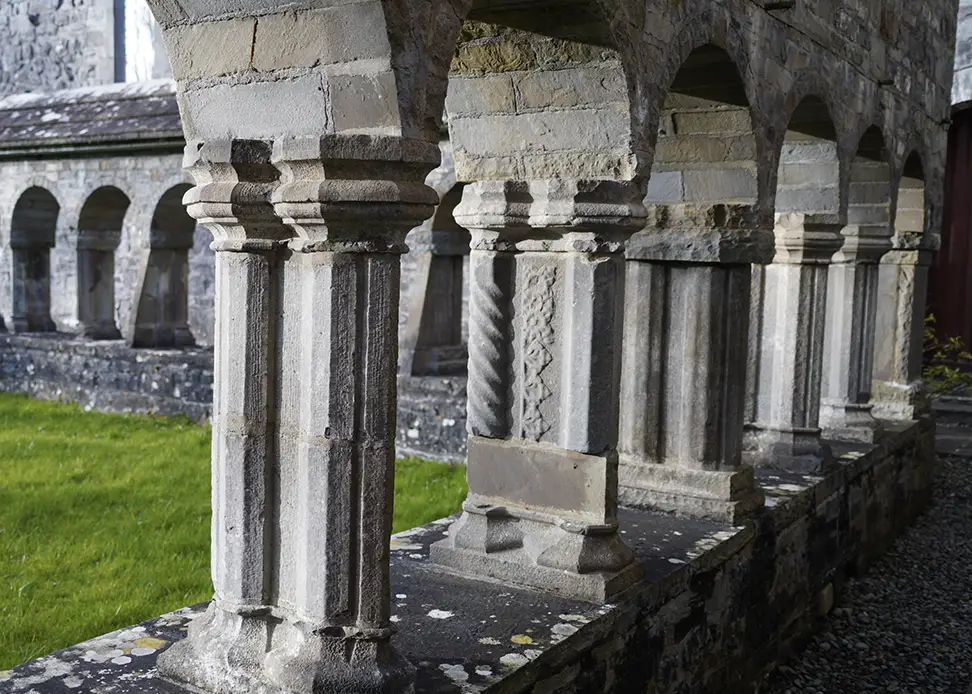
A Case of Mistaken Identity
Time passed, and on his subsequent visit, the king asked Sheridan about his thoughts on the new church. Sheridan lamented Cathal’s failure to uphold his royal promise, but the king insisted that orders had been given for the construction of the church.
Upon investigation, it was discovered that a church had indeed been erected, but in Baile tobair Bhrighde, Roscommon, instead of Baile tobair Phádraig, Mayo. Legend has it that the king then vowed to build another church, seven times more magnificent, in Ballintubber, Mayo, thus laying the foundation for Ballintubber Abbey.
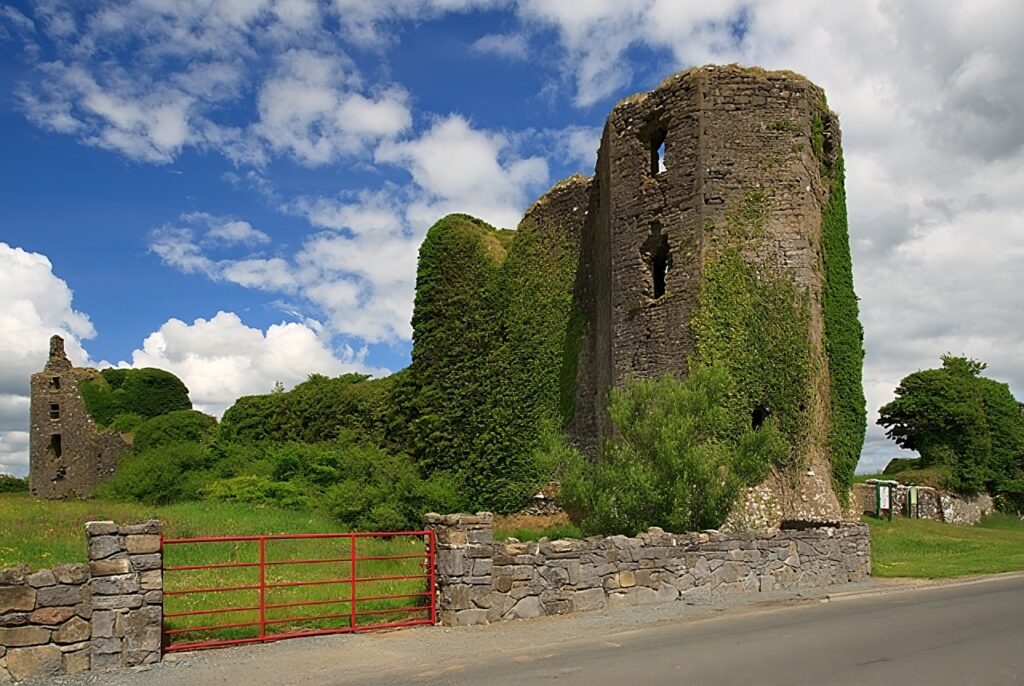
Experience Ballintubber Abbey
Journey through time and faith at Ballintubber Abbey. Explore its captivating history and architecture on a guided tour, or embrace serenity on a pilgrimage walk, connecting with centuries of tradition.
The Abbey Flourishes
Known as Tobar Padraic in the Annals of the Four Masters, Ballintubber Abbey was founded for Canons Regular and devoted to the Holy Trinity. The Canons Regular, while not strictly monks, were secular priests who lived in a communal setting, adhering to the rule attributed to St. Augustine.
Their principal duty was the spiritual care of the community. According to tradition, only men of noble birth were accepted into the abbey, a detail that might explain the extensive estates that the abbey came to possess in later years.
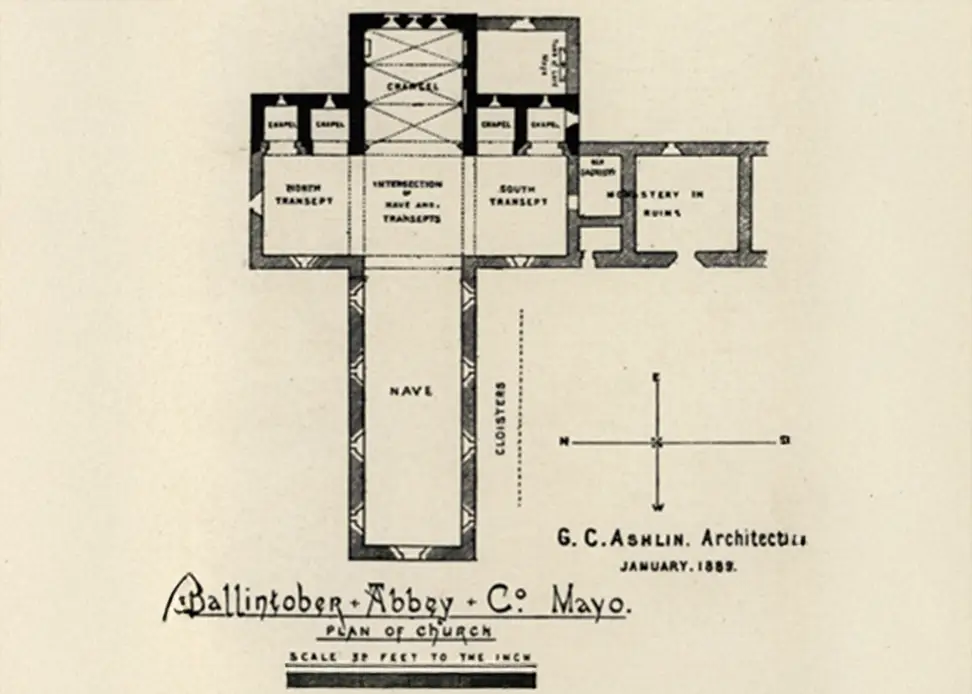
The Priority of Holy Cross
Over time, the abbey experienced a period of flourishing growth. It established a dependency, or cell, known as the Priory of Cross of Holy Cross, located in the parish of Kilmore-Erris in North Mayo. Holy Cross Priory was built upon the grounds of an earlier monastery dedicated to St. Brendan.
A red sandstone, inserted in the south transept wall of Ballintubber Abbey, bears the inscription “GILLABAR – the servant of Brendan,” serving as a poignant reminder of this connection to the past.
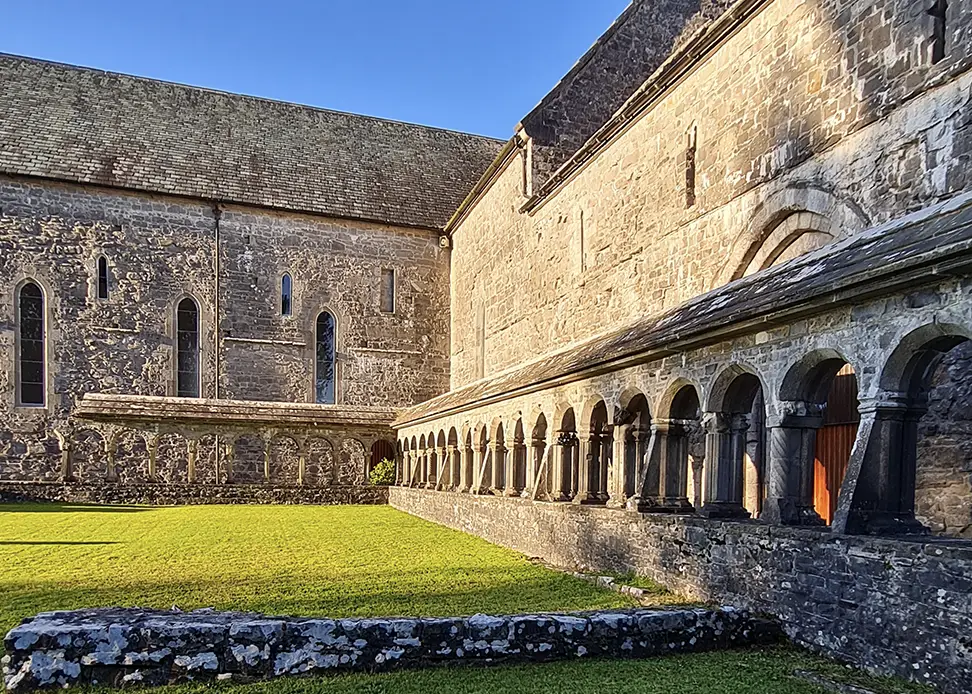
An Unbroken Tradition
The strongest tradition at Ballintubber Abbey is the unbroken celebration of Mass since its foundation in 1216. This enduring practice speaks volumes about the Irish people’s resilience in preserving their faith despite facing persecution, hardship, and even danger.
For 236 years, the congregation braved the elements, attending Mass in the roofless abbey, exposed to the cold, wind, and rain.

A Testament To Faith
In today’s world of comfortable, climate-controlled churches, reflecting on the sacrifices of our ancestors serves as a powerful reminder of their unwavering commitment to the faith St. Patrick established in “Baile tobair Phádraig” – the townland of the well of Patrick.
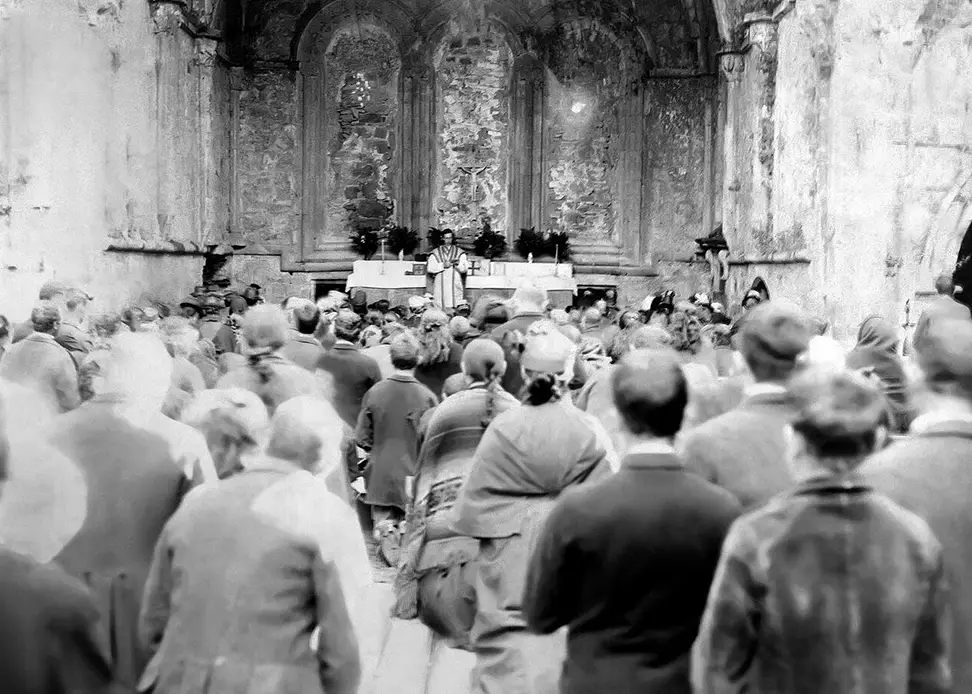
Find Out More
History of Ballintubber
Whispers through the centuries… Ballintubber Abbey has witnessed history unfold. From royal connections to pirate legends, uncover the hidden stories etched within its ancient stones.
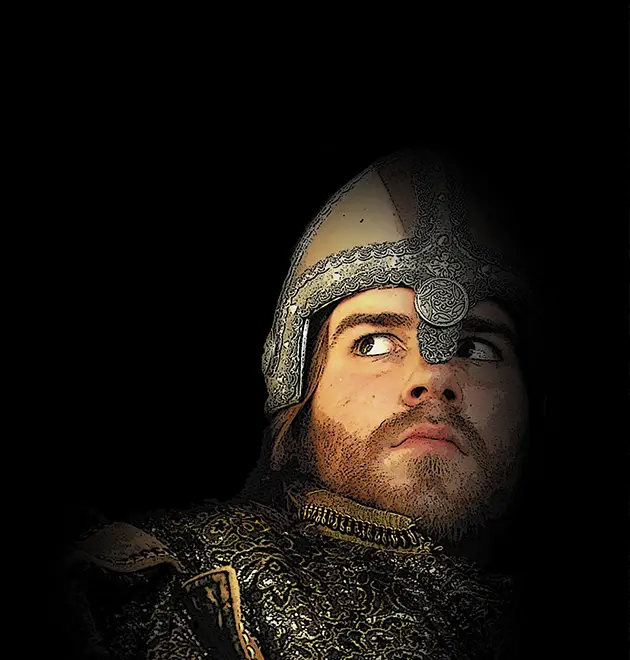
Tibóid Ne Long Bourke
Find out about how the son of Grace O’Malley came to his final resting place in Ballintubber
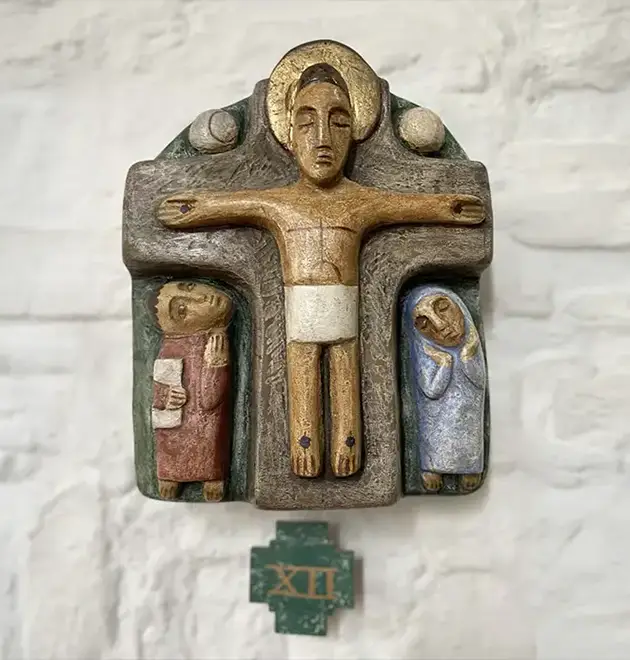
Stations of the Cross
Created in 1972 for Ballintubber Abbey, by renowned sculptor Imogen Stuart.

Church Island
Church Island or Oilean na Scríne- Shrine Island lies at the North West of Lough Carra.

Burning Suppression
How fire and suppression could not defeat the “Abbey that wouldn’t die”.

